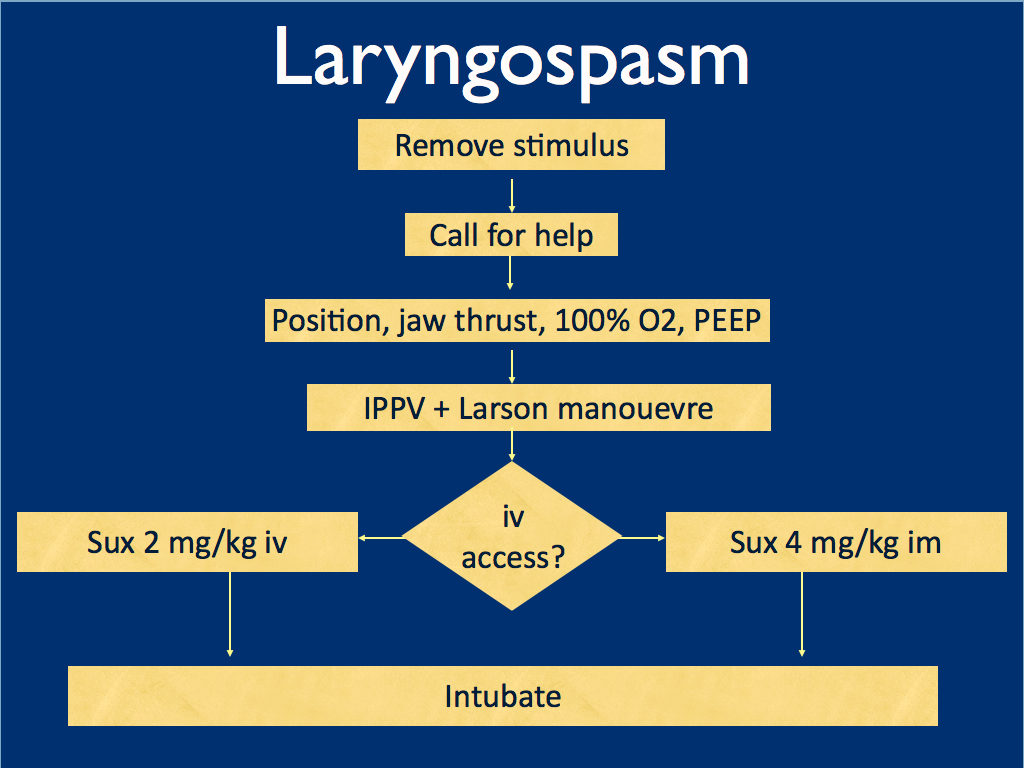 Septic myocardial dysfunction is a well recognised contributor to shock in sepsis but for many of us we assume this to be gross systolic impairment. Interestingly a recent study highlights that patients with severe sepsis and septic shock frequently have diastolic dysfunction1. They found that diastolic dysfunction was the strongest independent predictor of early mortality, even after adjusting for the APACHE-II score and other predictors of mortality.
Septic myocardial dysfunction is a well recognised contributor to shock in sepsis but for many of us we assume this to be gross systolic impairment. Interestingly a recent study highlights that patients with severe sepsis and septic shock frequently have diastolic dysfunction1. They found that diastolic dysfunction was the strongest independent predictor of early mortality, even after adjusting for the APACHE-II score and other predictors of mortality.
In this study, 9.1% of severe sepsis/septic shock patients had isolated systolic dysfunction, 14.1% had combined systolic and diastolic dysfunction, and 38% had isolated diastolic dysfunction.
Importantly, the authors point out that although diastolic dysfunction is associated with age, hypertension, diabetes mellitus, and ischaemic heart disease, diastolic dysfunction is a stronger independent predictor of mortality than age and the other co-morbidities. However, a limitation of the study acknowledged by the authors is that it did not include follow-up echocardiography examinations, so we do not know whether sepsis was responsible for a transient diastolic dysfunction or whether the observed diastolic dysfunction was a pre-existing condition.
Both troponin and NT-ProBNP elevations also predicted mortality.
Want to know how to measure diastolic dysfunction? These authors measured mitral annular early-diastolic peak velocity, or the e’-wave (called ‘e prime’). It is a way of seeing how fast myocardial tissue relaxes in diastole, and if its peak velocity is slow (in this case < 8cm/s) there is diastolic dysfunction. We measure speed using Doppler, and in this case we’re looking at the speed of heart tissue (as opposed to the blood cells within the heart chambers) so we do ‘Tissue Doppler Imaging’, or TDI. You need an echo machine with pulsed-wave Doppler, and you need to be able to get an apical view. This is explained really nicely here2 but if you don’t have the time or the echopassion to read a whole article on TDI watch this one minute video (BY emergency physicians FOR emergency physicians!) on diastology, where TDI measurement of e’ is shown from 45 seconds into the video.
For reference, there is some more detail on diastolic function measurements at the Echobasics site.
If you think you can cope with any more of this level of awesomeness and want these geniuses to talk to you from your smartphone in the ED then get the free One Minute Ultrasound app for Android or Apple devices.
AIMS: Systolic dysfunction in septic shock is well recognized and, paradoxically, predicts better outcome. In contrast, diastolic dysfunction is often ignored and its role in determining early mortality from sepsis has not been adequately investigated.
METHODS AND RESULTS: A cohort of 262 intensive care unit patients with severe sepsis or septic shock underwent two echocardiography examinations early in the course of their disease. All clinical, laboratory, and survival data were prospectively collected. Ninety-five (36%) patients died in the hospital. Reduced mitral annular e’-wave was the strongest predictor of mortality, even after adjusting for the APACHE-II score, low urine output, low left ventricular stroke volume index, and lowest oxygen saturation, the other independent predictors of mortality (Cox’s proportional hazards: Wald = 21.5, 16.3, 9.91, 7.0 and 6.6, P< 0.0001, <0.0001, 0.002, 0.008, and 0.010, respectively). Patients with systolic dysfunction only (left ventricular ejection fraction ≤50%), diastolic dysfunction only (e’-wave <8 cm/s), or combined systolic and diastolic dysfunction (9.1, 40.4, and 14.1% of the patients, respectively) had higher mortality than those with no diastolic or systolic dysfunction (hazard ratio = 2.9, 6.0, 6.2, P= 0.035, <0.0001, <0.0001, respectively) and had significantly higher serum levels of high-sensitivity troponin-T and N-terminal pro-B-type natriuretic peptide (NT-proBNP). High-sensitivity troponin-T was only minimally elevated, whereas serum levels of NT-proBNP were markedly elevated [median (inter-quartile range): 0.07 (0.02-0.17) ng/mL and 5762 (1001-15 962) pg/mL, respectively], though both predicted mortality even after adjusting for highest creatinine levels (Wald = 5.8, 21.4 and 2.3, P= 0.015, <0.001 and 0.13).
CONCLUSION: Diastolic dysfunction is common and is a major predictor of mortality in severe sepsis and septic shock.
1. Diastolic dysfunction and mortality in severe sepsis and septic shock
Eur Heart J. 2012 Apr;33(7):895-903
2. A clinician’s guide to tissue Doppler imaging
Circulation. 2006 Mar 14;113(10):e396-8 Free Full Text










